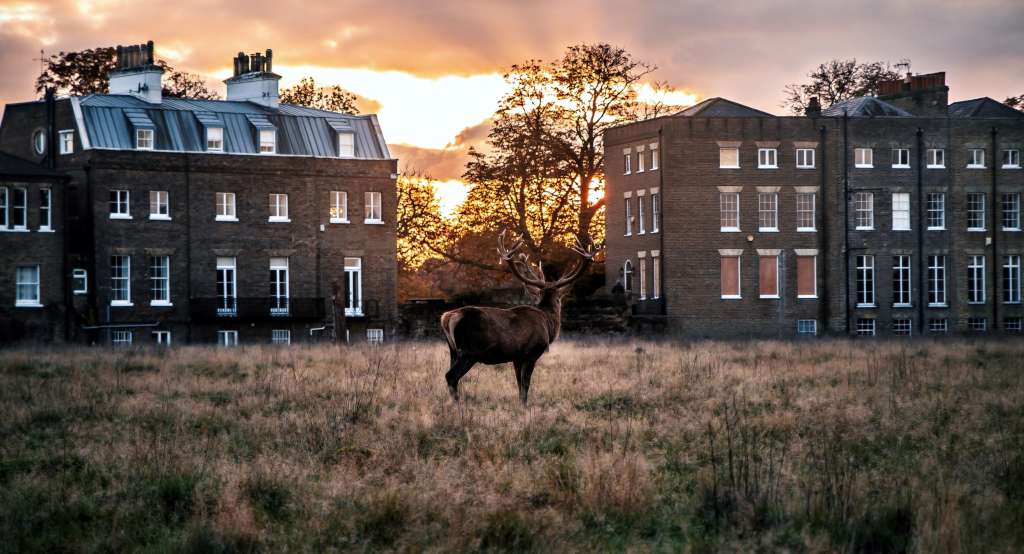Mission Pest Control deliver a full range of deer management solutions, from deer proofing to herd management.
All our work is carried out by qualified, insured and experienced deer managers.
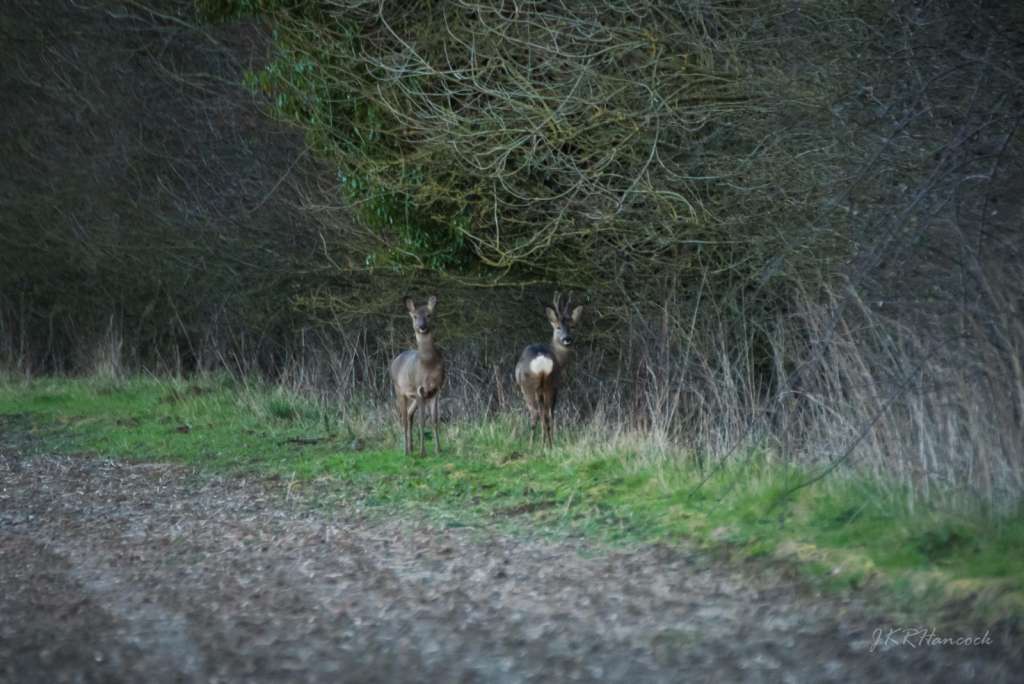
We deliver professional deer management to estates and farms across Wiltshire, Oxfordshire and Gloucestershire with our local team. We are fully qualified, insured and experienced. As a result of this we are able to support our customers to have:
- Healthy deer population
- Protect crops and woodland
- Generate revenue from venison sales
- Successfully apply for grants and funding
As professional deer managers, we operate differently to recreational stalkers. Mission provides our customers with full heard management plans, cull records and supporting documentation for grant applications.
Mission regularly operate on estates and land open to the public. As a result of this, we have a range of control methods in place to carry out any management not only safely but in a manor that protects our customers reputations. When managing deer, it is important to remember that they are not seen as pests/problem animals by everyone. We work closely with local stakeholders to ensure that any culling is carried out in a sensitive way and education is available to anyone who asks.
Please contact us for more information
Did you know: Fallow deer are originally from Asia and were introduced by the Normans in the 11th Century.
Types of Deer
Roe Deer
A native species, primarily found in mixed woodland. They are adaptable and as a result are found in a variety of habitats. Roe became rare during the medieval period as a result of over hunting. Now their numbers a growing through a combination of reintroductions and controlled management.
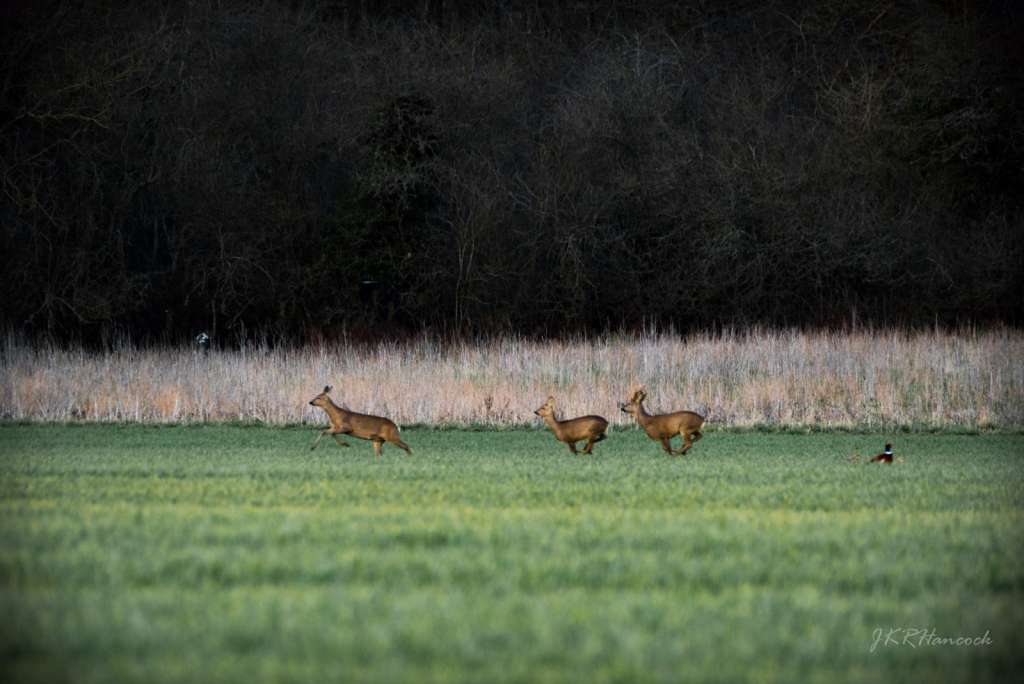
Fallow Deer
These are a re-introduced species, however now are considered a naturalised species. They were reintroduced by the the Normans.
They are a very adaptable species and as s result of this their population has significantly increased since the 1970s.
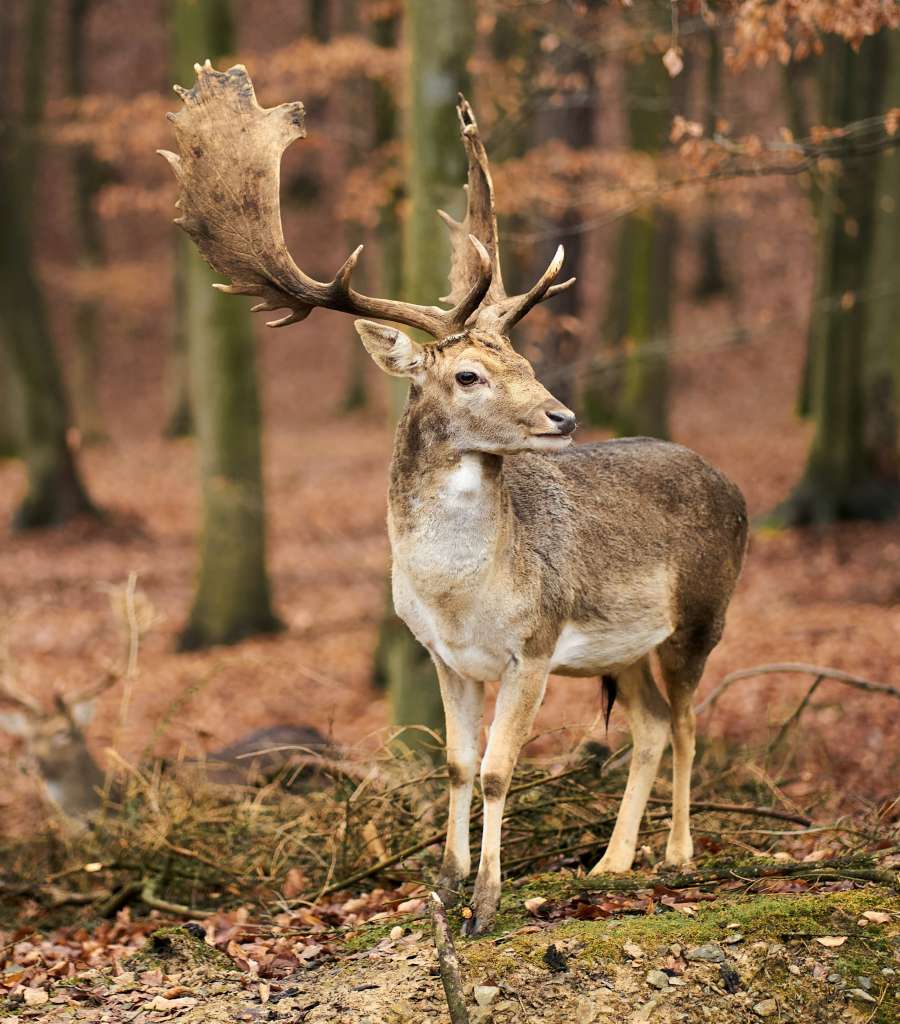
Muntjac
This non-native species escaped from Woburn Park around 1925. Since then, the population has spread and is now common across large areas of the south of England. As they are a non-native species, it is illegal to release into the wild.
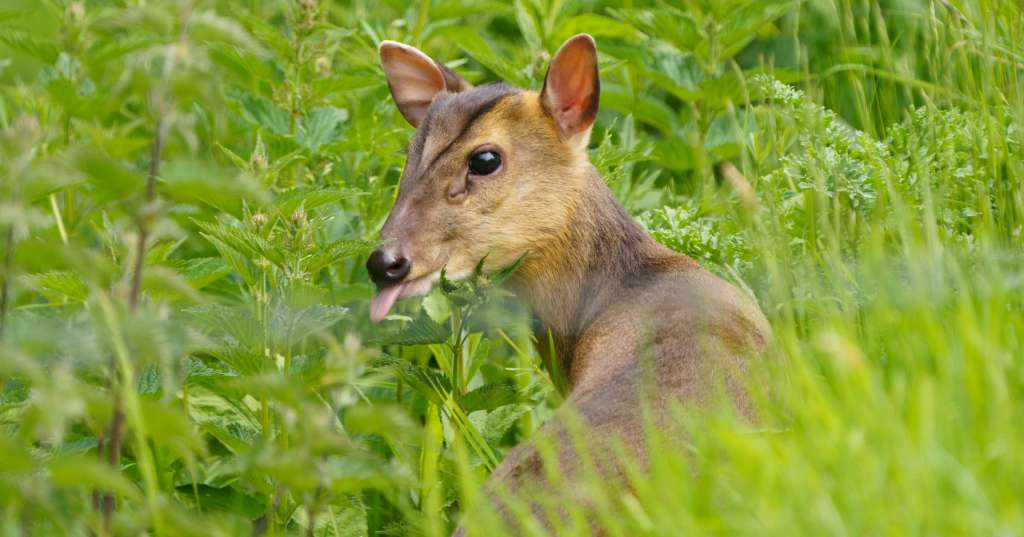
Red Deer
These are Britain’s largest native land mammal. They are widespread across Scotland and there are also populations in SW England, E Anglia, Lake District and isolated groups in Wales. They can survive in woodland and open ground.
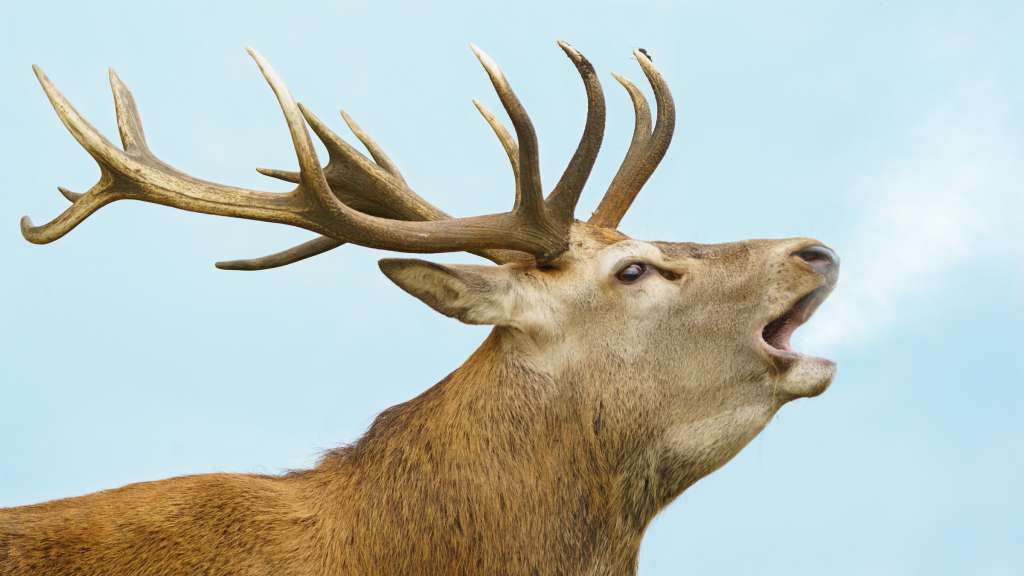
Sika Deer
Sika are non-native deer and were first introduced into Ireland in the mid 1800s. They can cross-breed with our native Red deer and have spread throughout large areas. They prefer thicker woodland and come out to graze on surrounding fields.
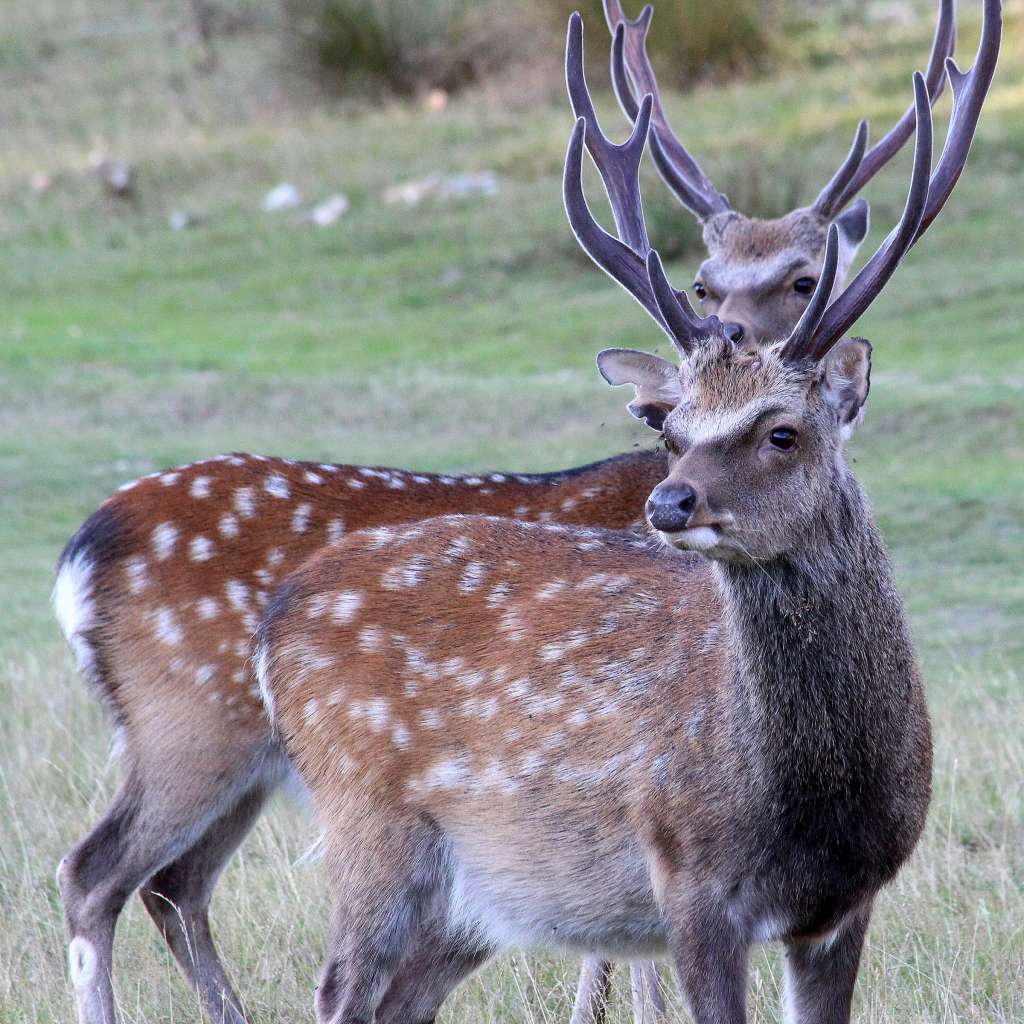
Chinese Water Deer
A small non-native species that escaped captivity in the 19th century. They are limited to the Midlands and E Anglia. The males have large tusks and as a species are one of the most primative. In their native China, they are rare and on the IUCN ‘red list’.
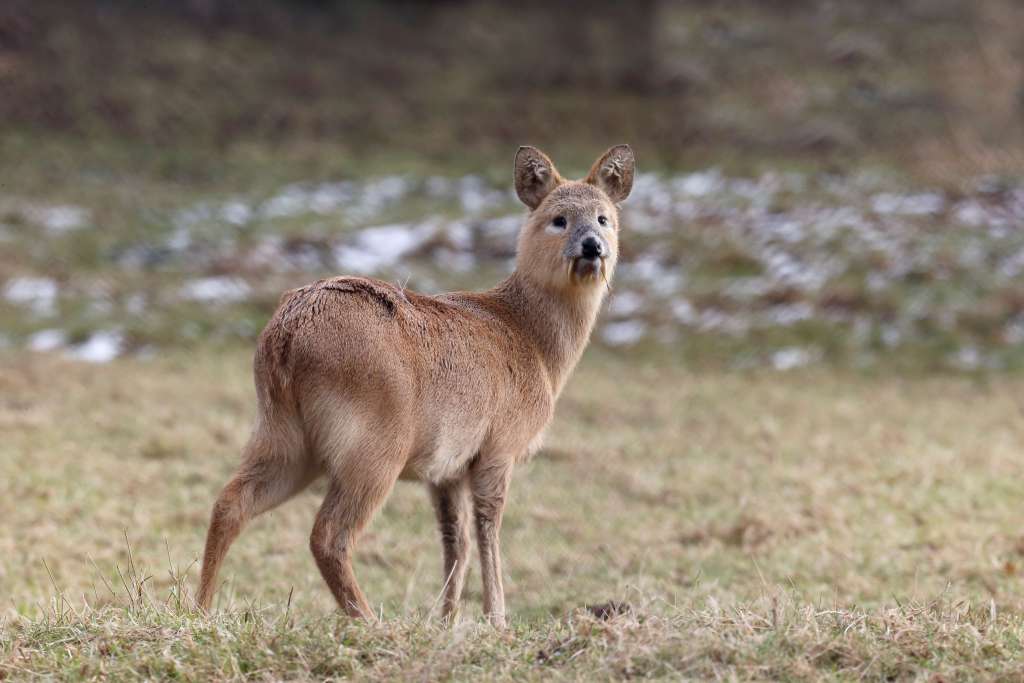
Preventative Solutions:
Alongside heard management, we work with landowners to deliver proofing and deterrent solutions to protect arable and timber crops from deer damage.
Deer cause damage through browsing and bark damage when they rub the velvet off their antlers. There are several ways to protect young tree stocks including:
- Tree guards
- Perimeter fencing
- Block Fencing
Chinese Water Deer will live for up to 6 years, Roe deer for around 7 years, Muntjac for up to 10 years, Fallow for up to 16 and Red deer up to 18 year
Urban Deer Management
Urban Deer populations are increasing, as the ever growing number of houses built encroach on their habitat, it is now not uncommon to see several of the deer species in suburbs. The species best adapted to living alongside humans is the Muntjac deer. These small deer will eat a range of garden plants but particularly enjoy eating Tulips and Roses!
Mission Pest Controls deer management team will carry out a survey, provide a range of solutions from changing the plants in effected area, to ones that deer don’t like such e.g. Herbaceous peonies through to proofing and culling.
